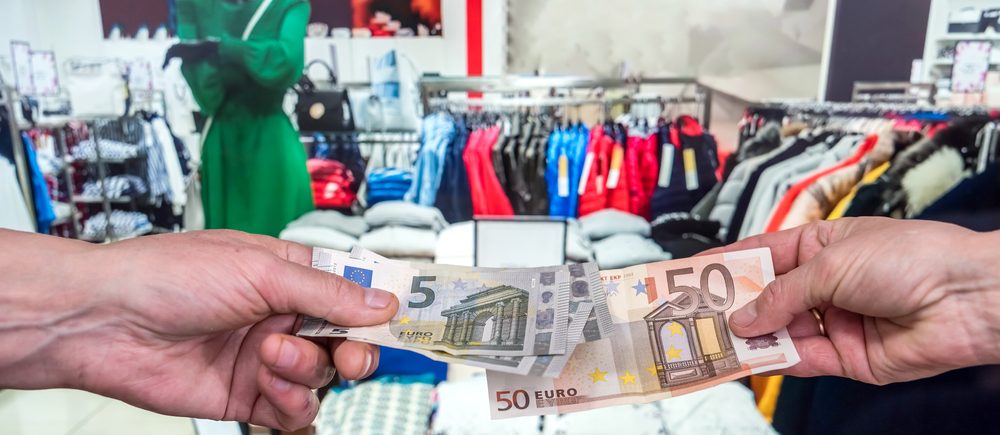The US Commerce Department on Thursday said that retail sales rose a seasonally adjusted 0.5% in March from a month earlier.
That was a tad less than the 0.6% gain that economists polled by The Wall Street Journal were looking for, but there were also revisions to the previous two months that brought the level of retail sales in February 0.7% higher than previously reported. On net, first-quarter consumer spending is looking stronger now.
The combination of high prices and easing Covid worries might prompt people to shift their spending. Consumers are growing savvy to shrinkflation, the practice of downsizing the contents of a product rather than raising prices. So companies are getting creative.
Higher prices can make people think twice before buying. Especially when it comes to things they don’t want as much as they used to.
Data released on Thursday, showed retail sales increased 0.5% in March; February’s numbers were revised higher. The March retail data still suggest real goods spending is tracking to rise at around a 2.5% annualized pace in the first quarter, according to analysts at Wells Fargo.
Key Quotes:
“Predictably gas stations saw the largest percentage increase from February, posting an 8.9% increase on the month. The fact that gas prices rose a lot more than that suggests consumers are combining trips or taking advantage of work-from-home flexibility if they are able to. Supply chain constraints still weigh on sales activity for auto dealers, where sales fell 1.9% in March. E-commerce posted the largest monthly decline with a 6.4% drop.”
“Adjusting these nominal sales estimates for the recent run up in prices has become all the more important as consumers battle the highest inflation in 40 years. Once adjusting for higher prices, we estimate real retail sales declined 1.6% in March.”
“Inflation is not going away, but it will likely stop getting worse and that means less of a headwind for spending. The March retail data still suggest real goods spending is tracking to rise at around a 2.5% annualized pace in the first quarter.”
 Noor Trends News, Technical Analysis, Educational Tools and Recommendations
Noor Trends News, Technical Analysis, Educational Tools and Recommendations





